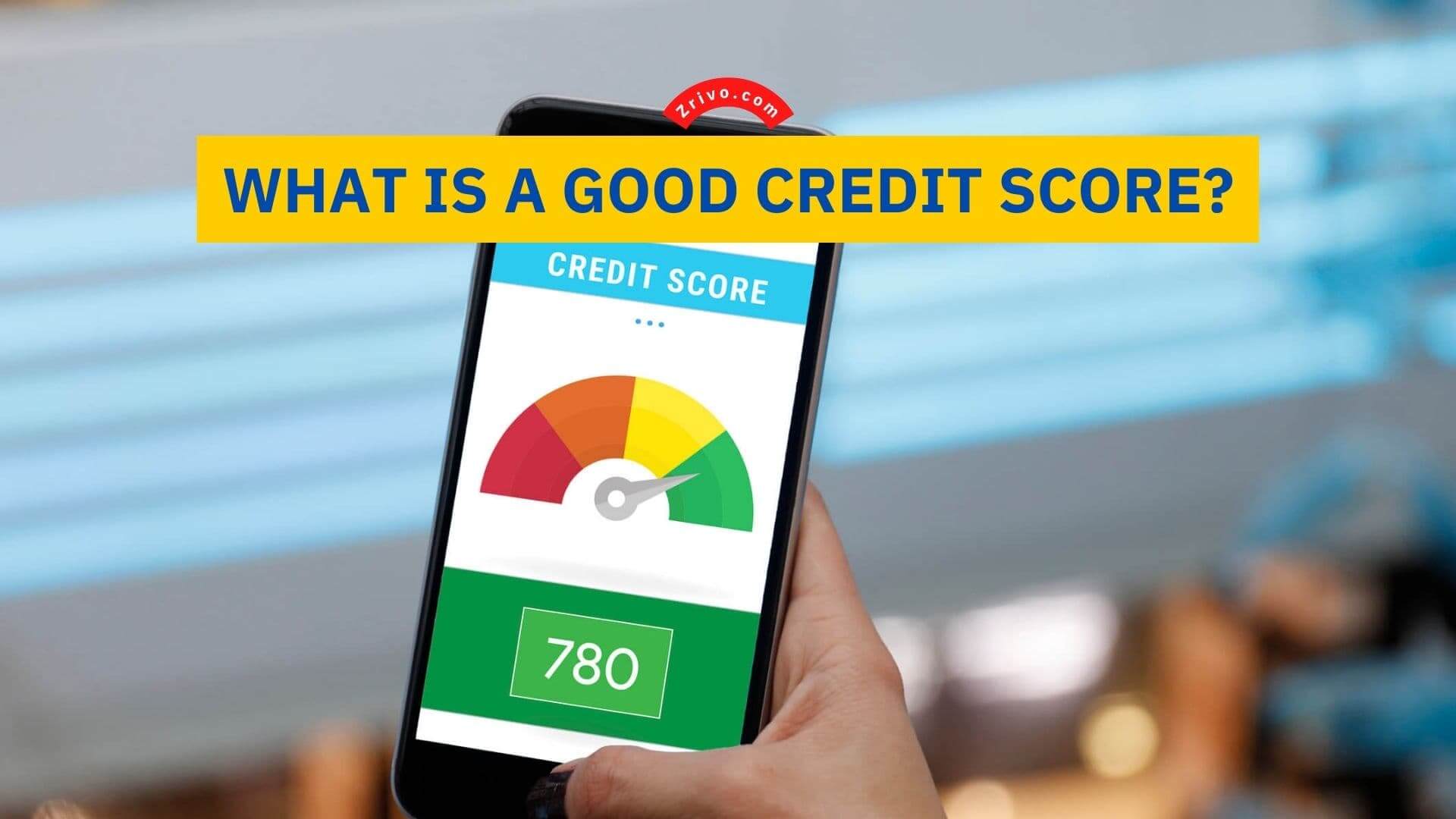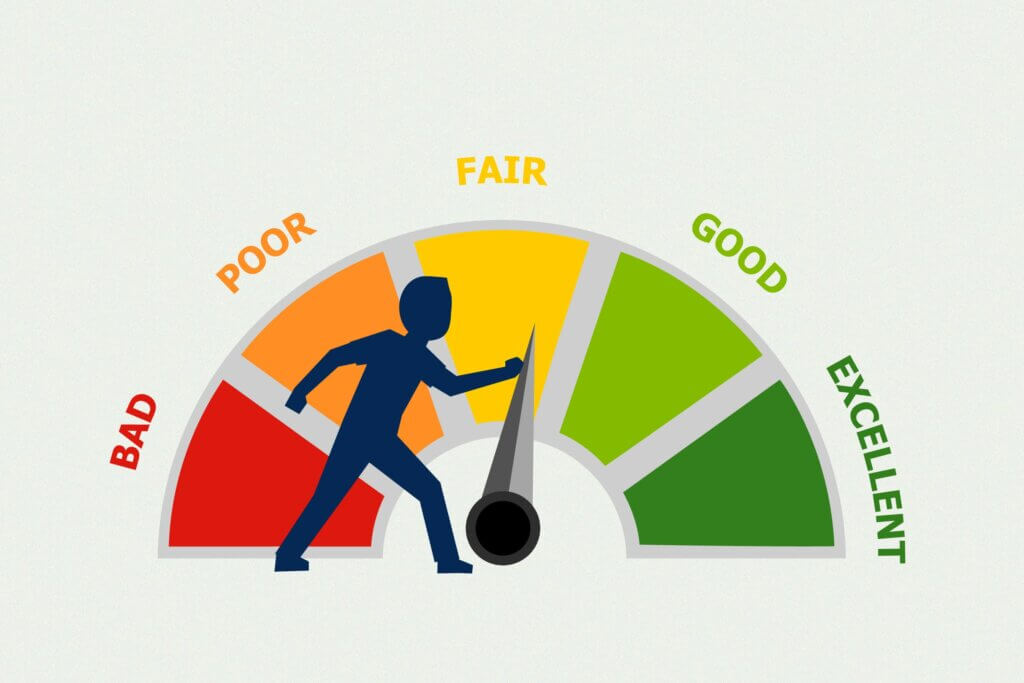
Credit scores are based on a couple of elements, including the number of accounts open and inquiries on those accounts. A healthy credit mix, however, is important to scoring companies. A good credit score is indicative of financial freedom. Here are some reasons to keep your score high. Once you know what your credit score is, you can make use of it to your advantage.
There are also a couple of reasons to improve your score. Making on-time payments is one of the best ways to improve your credit score. All other factors are somehow related to your on-time payments.
How to Maintain Your Good Credit Score?
The first step in improving your score is reviewing your credit report. There are many things to look for, including inaccuracies and possible signs of fraud. Your report will also show you if you have any unpaid balances. You should also try to pay off any older debts you may have. Here are the credit score ranges of FICO and VantageScore:
| Vantage Score/ FICO | Vantage Score | FICO |
|---|---|---|
| Excellent / Exceptional | 781 – 850 | 800 – 850 |
| Good / Very good | 661 – 780 | 740 – 799 |
| Fair / Good | 601 – 660 | 670 – 739 |
| Poor / Fair | 500 – 600 | 580 – 669 |
| Very Poor / Poor | 300 – 499 | 300 – 579 |
The first rule for maintaining your good score is: Always to keep up with your payments. If you are having a hard time making payments on time, try setting up automatic payments or reminders. Making your payments on time and keeping your utilization ratio low will boost your credit score. Here is the rest of the essential information that may help you preserve your good credit score:
- The second best way to increase your score is to pay off credit cards in full. This can give you a large jump in your score.
- You can also ask for higher credit limits from your credit card companies. A higher limit will help you use your credit less frequently. The ideal limit is 30%, but you can request a higher limit. Make sure to pay off your balances in full every month, but be careful not to exceed 30% of your limit.
- Making two payments a month is a great way to improve your credit score and reduce your credit utilization. For example, if you have a credit card balance of $1000, you can make two payments of $500 each month. This will keep your credit utilization low, reflecting positively on the credit reporting agencies’ algorithms.

Disadvantages of Having Bad Credit Scores
There is a couple of side effects of having bad credit scores. The followings may help you figure out where you’re doing wrong:
- One of the biggest consequences of a low credit score is difficulty securing credit. This is because most lending institutions will review your score before approving you for a loan.
- Additionally, bad credit can also lead to higher interest rates. As a result, bad credit can affect your ability to rent an apartment and find a job. Employers and landlords prefer people with good credit histories. Even getting a mobile phone contract can be harder, with a bad credit score.
- Many banks and financial institutions use strict lending criteria that do not accept borrowers with poor credit scores. This makes it difficult to obtain traditional loans or credit cards. Consequently, you are left with few options for mainstream funding. To avoid this problem, you should avoid less-reputable lending sources and read the fine print carefully.
- You may pay more for insurance, which could cost hundreds or even thousands of dollars.